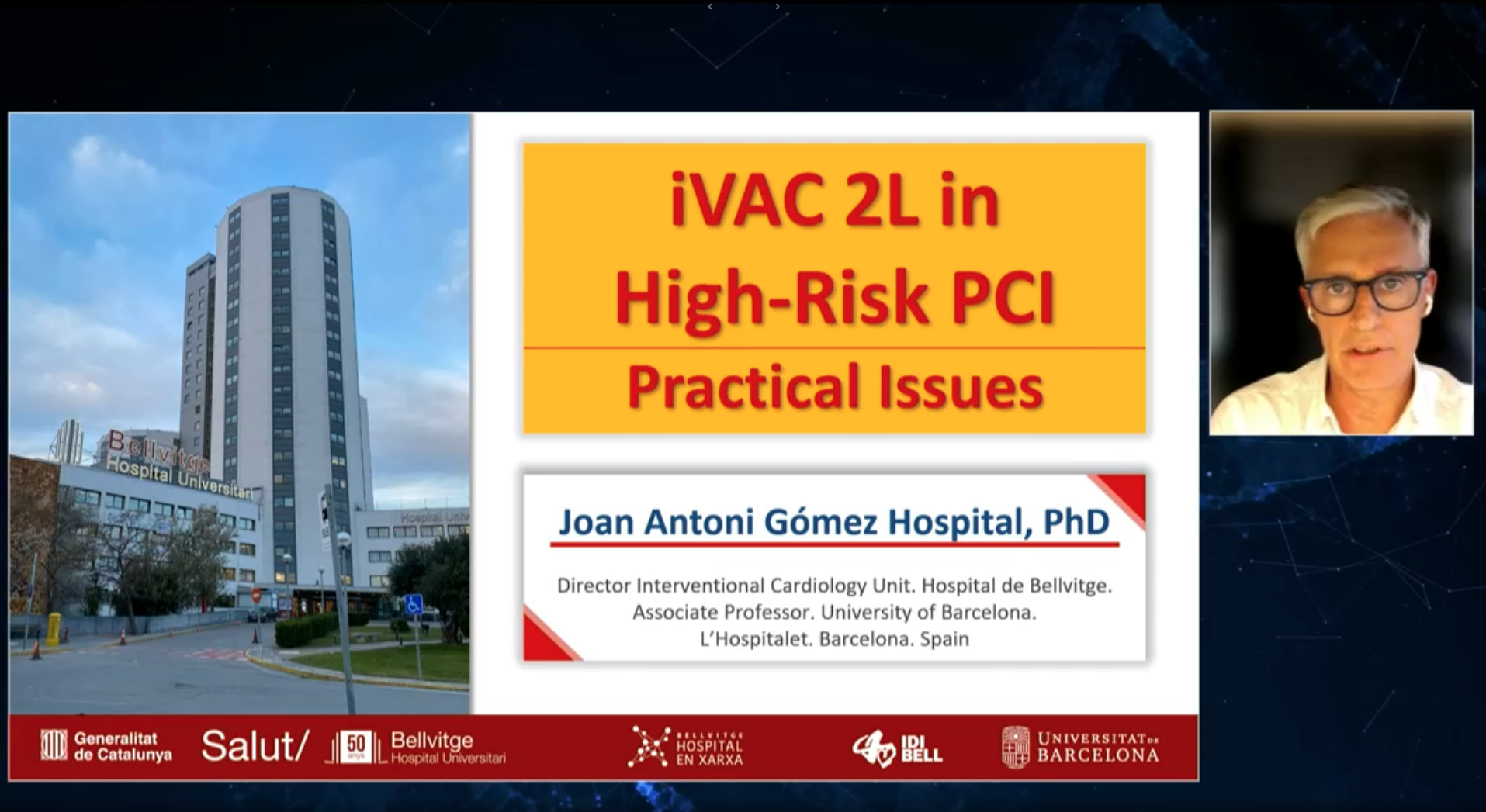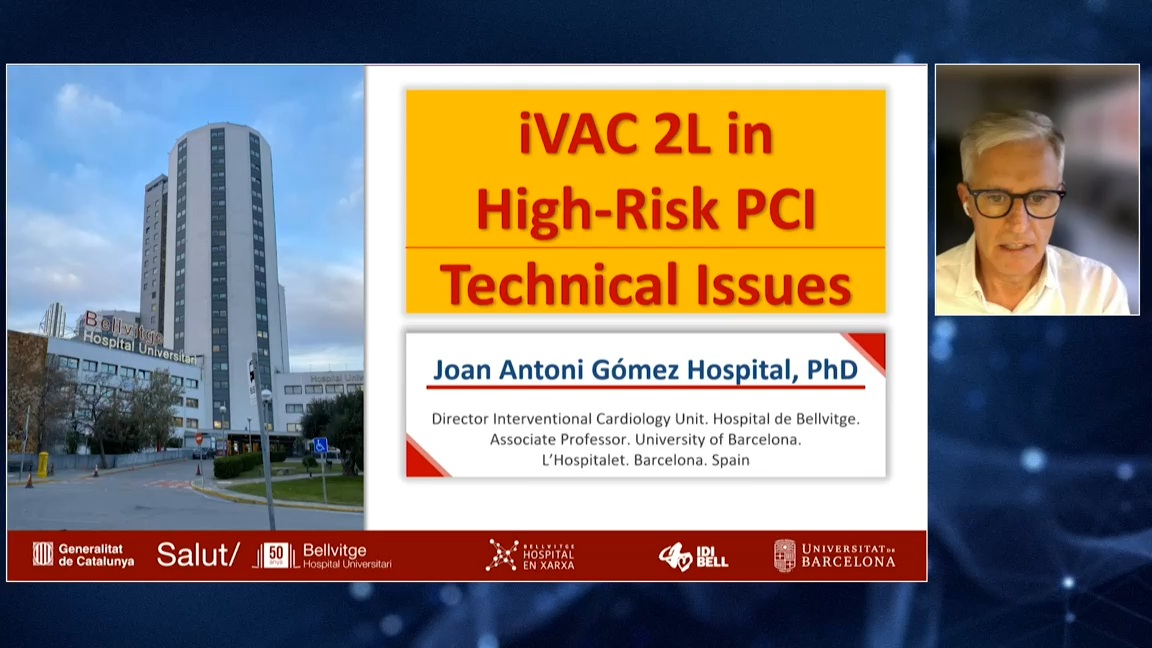PULSE-trial: Summarising the Clinical Outcomes and Benefits of iVAC 2L ® in Clinical Practice: An Expert Discussion with Prof Nicolas van Mieghem
Published: 25 October 2021
-
Views:
 8707
8707
-
Likes:
 7
7
-
Views:
 8707
8707
-
Likes:
 7
7
-
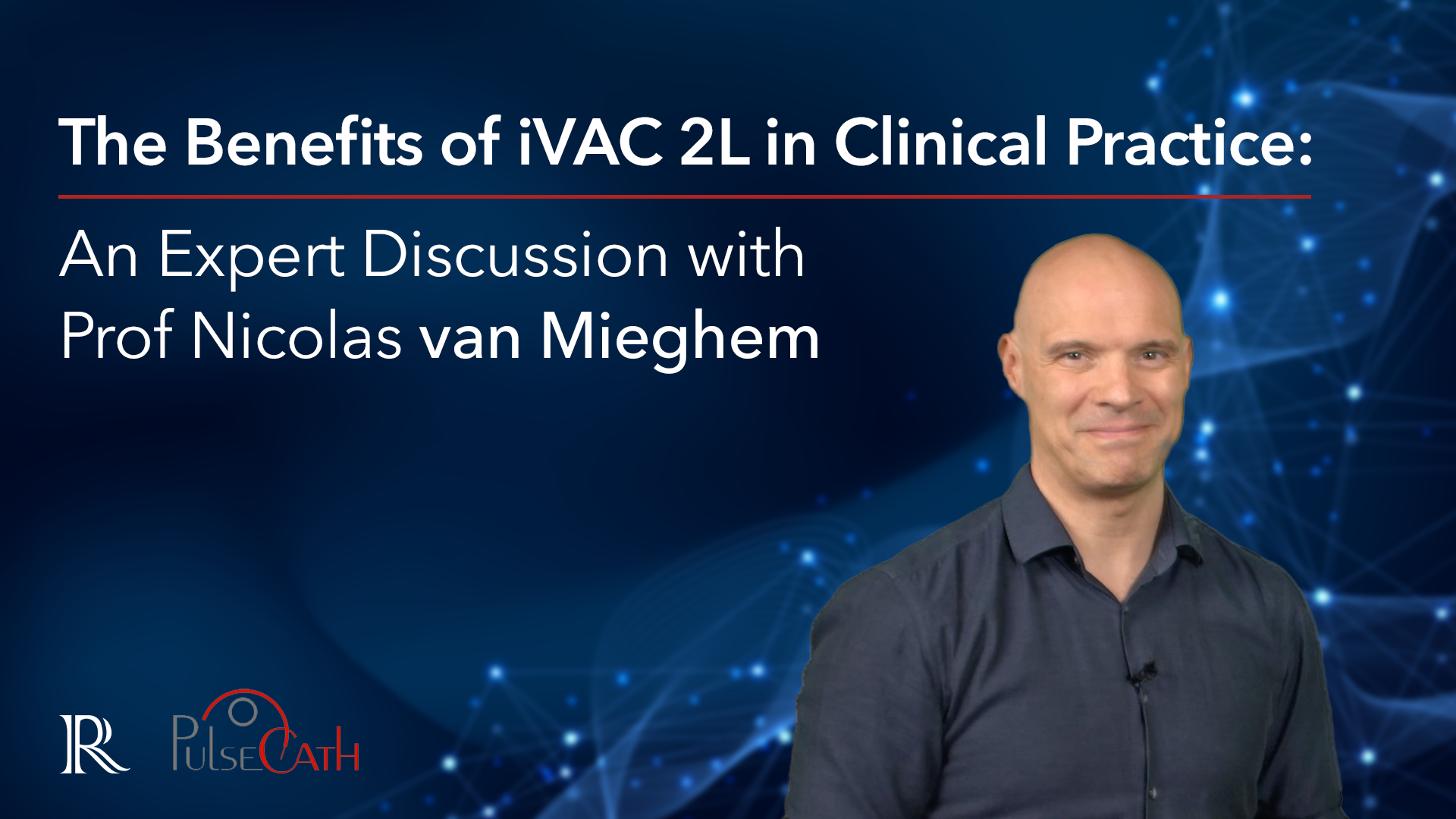 26sPart 2 | Session 1 Introduction
26sPart 2 | Session 1 Introduction -
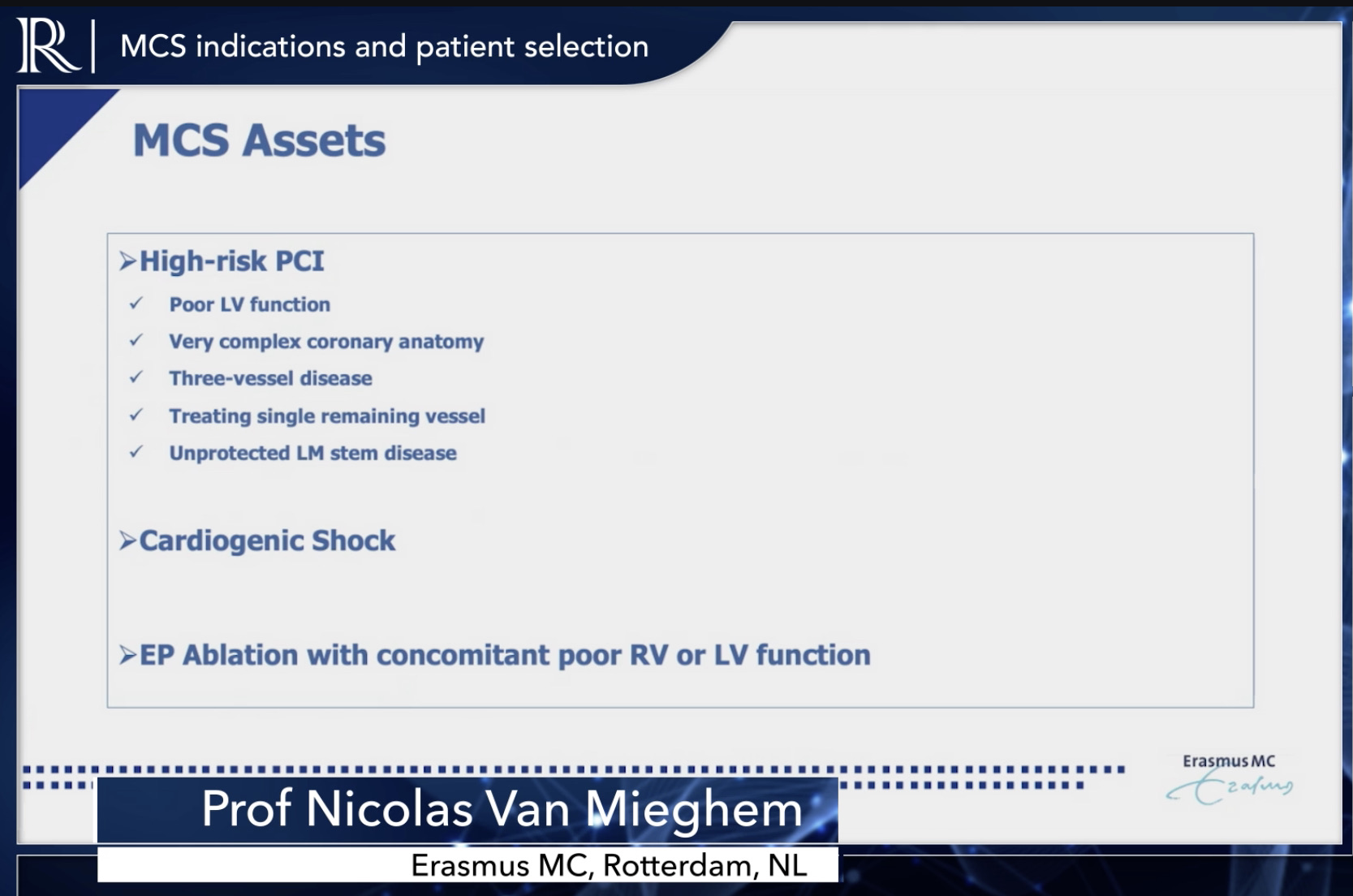 4m 29sPart 2 | Session 2 MCS indications and patient selection
4m 29sPart 2 | Session 2 MCS indications and patient selection -
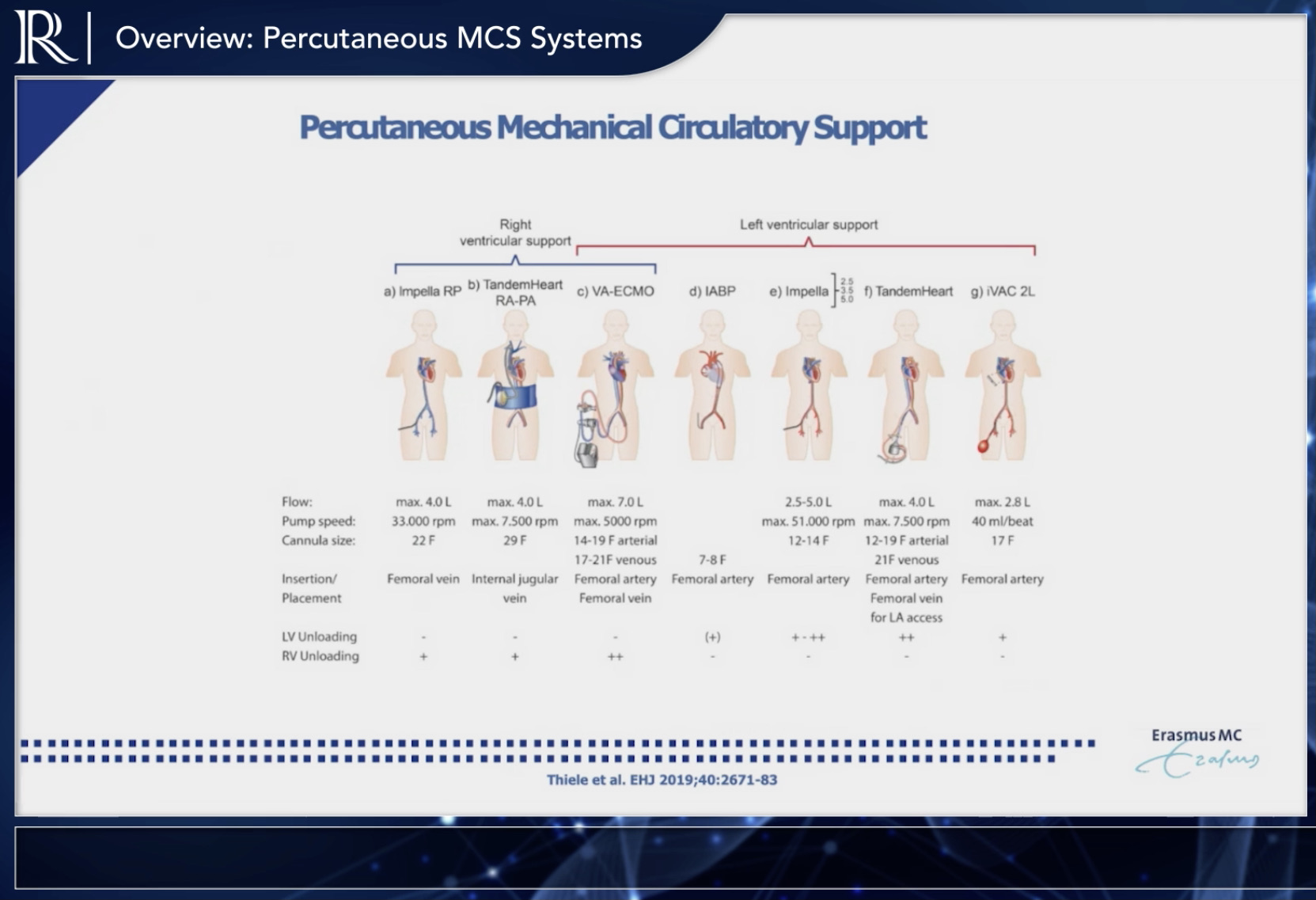 4m 10sPart 2 | Session 3 Overview: Percutaneous MCS Systems
4m 10sPart 2 | Session 3 Overview: Percutaneous MCS Systems -
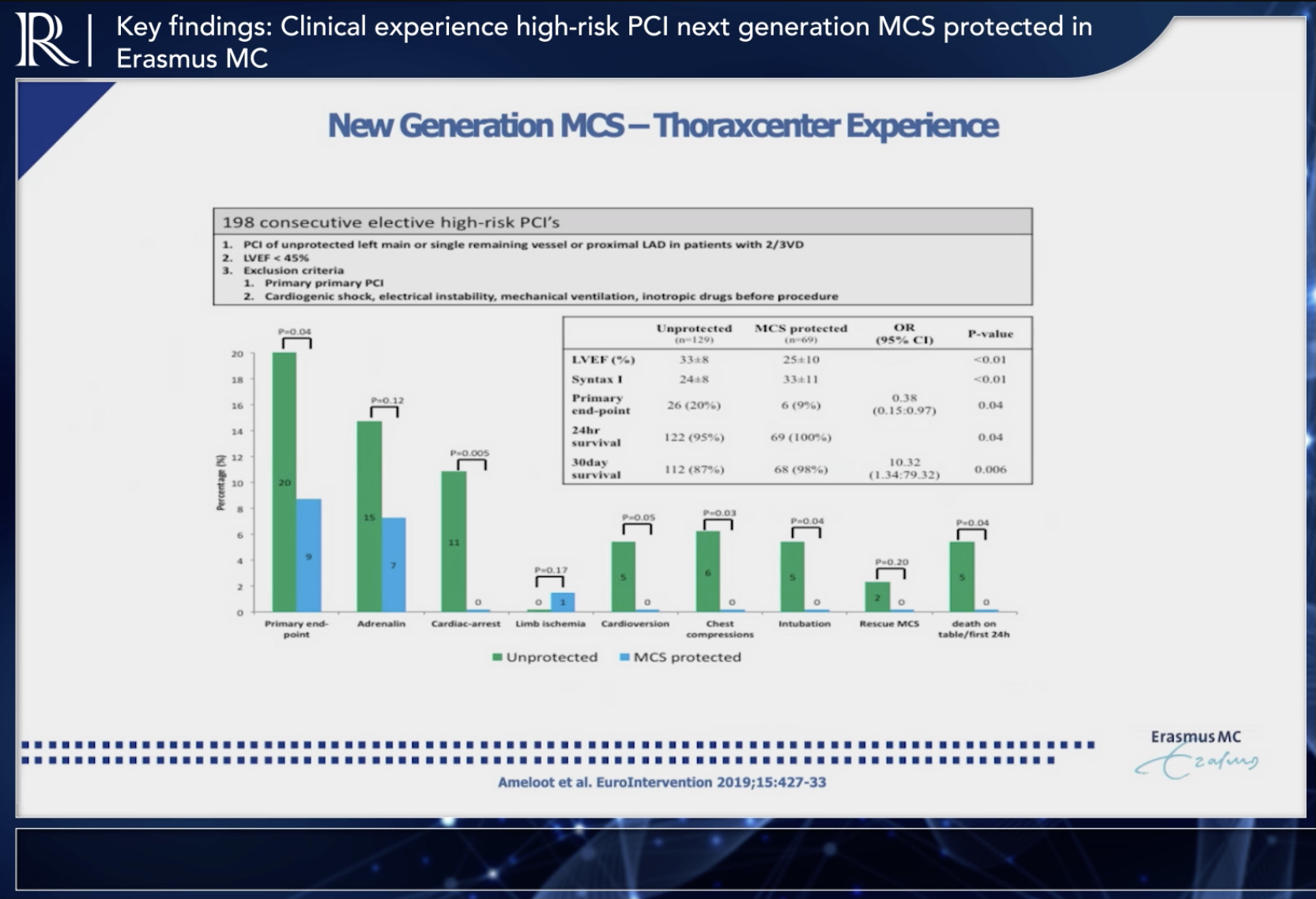 3m 44s
3m 44s -
 2m 50sPart 2 | Session 5 Patient screening and access site management
2m 50sPart 2 | Session 5 Patient screening and access site management -
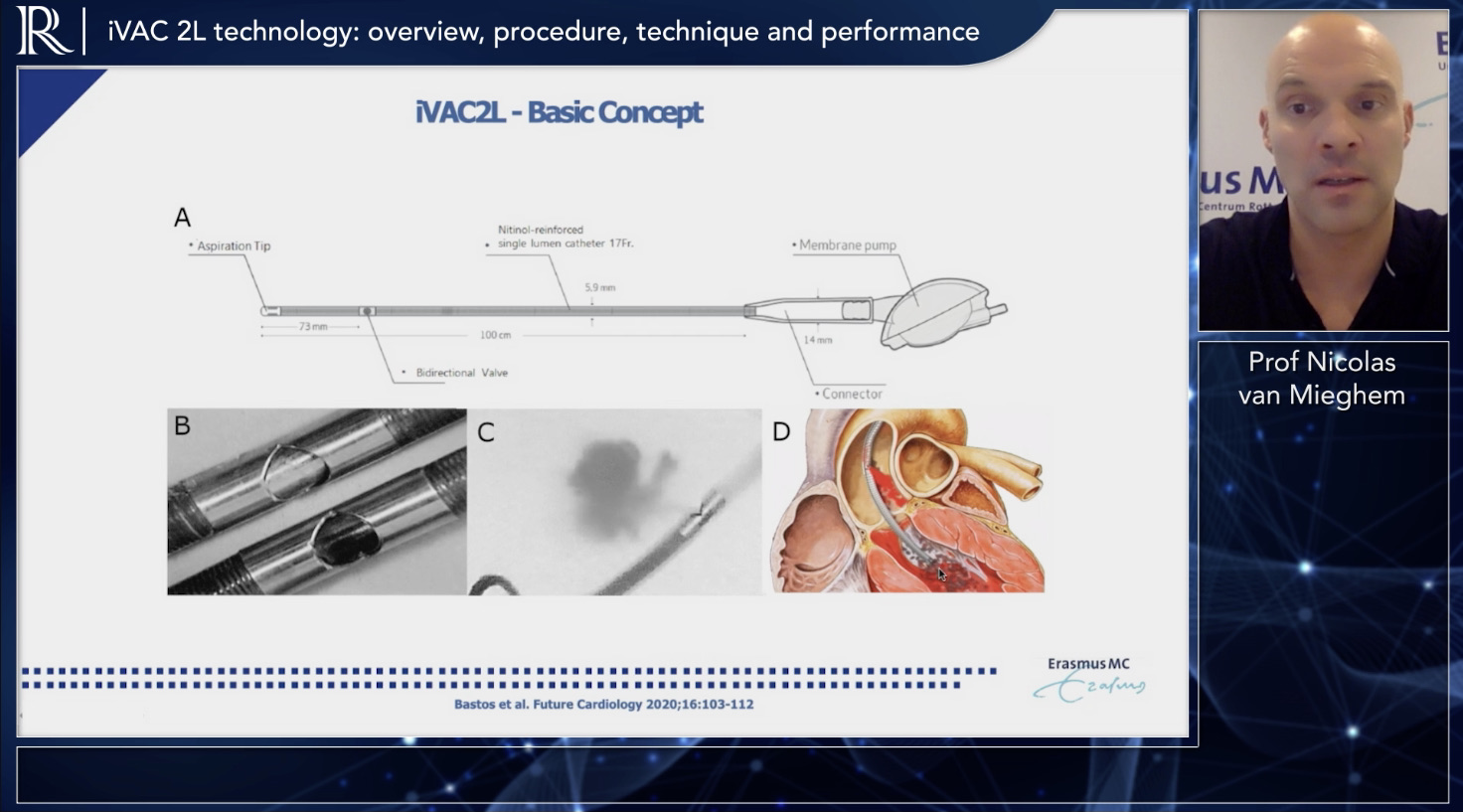 4m 9sPart 2 | Session 6 iVAC 2L ® technology overview, procedure, technique and performance
4m 9sPart 2 | Session 6 iVAC 2L ® technology overview, procedure, technique and performance -
 3m 6sPart 2 | Session 7 Summary: iVAC 2L ® and Mechanical Unloading
3m 6sPart 2 | Session 7 Summary: iVAC 2L ® and Mechanical Unloading -
 5m 5sPart 2 | Session 8 Study Design and Population
5m 5sPart 2 | Session 8 Study Design and Population -
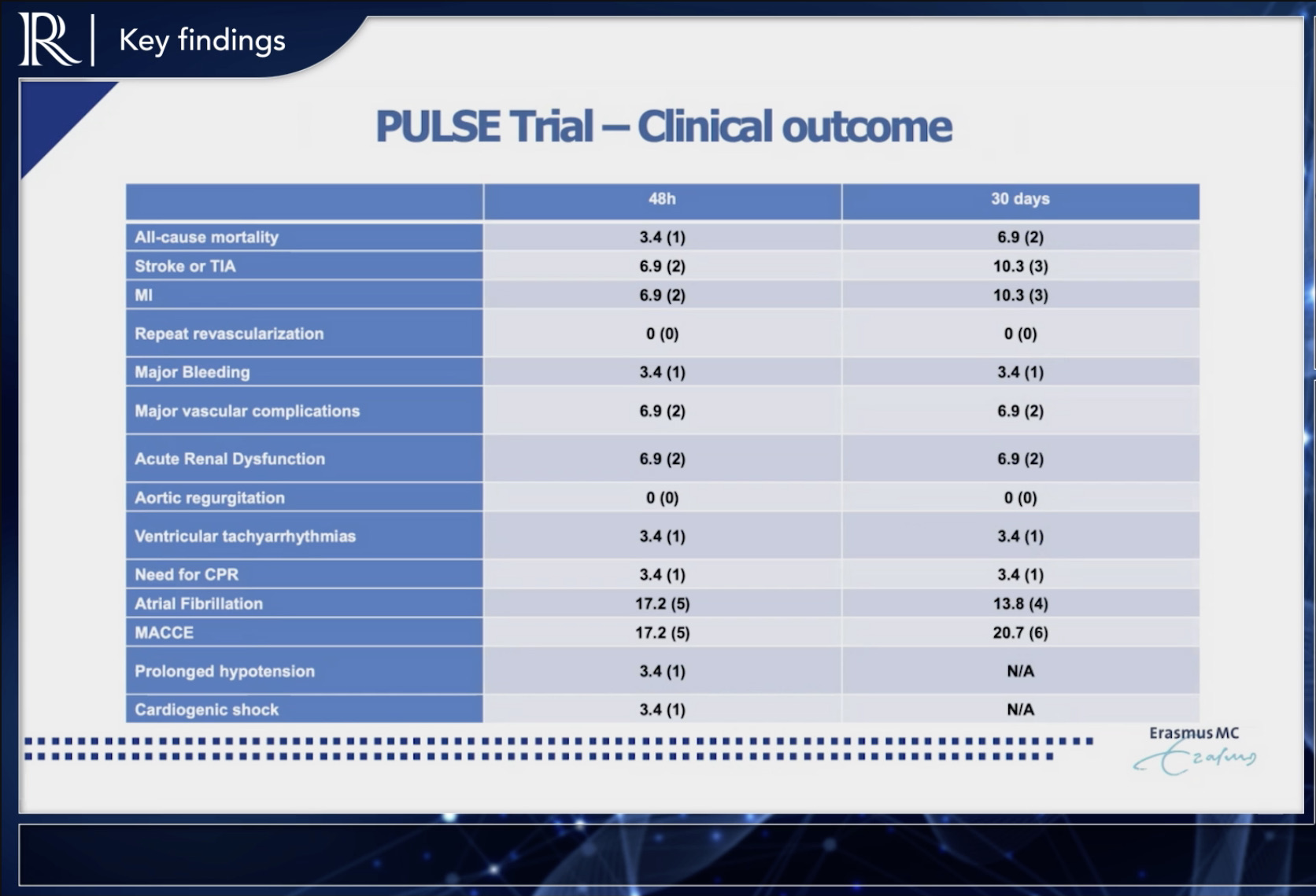 3m 45sPart 2 | Session 9 Key Findings
3m 45sPart 2 | Session 9 Key Findings -
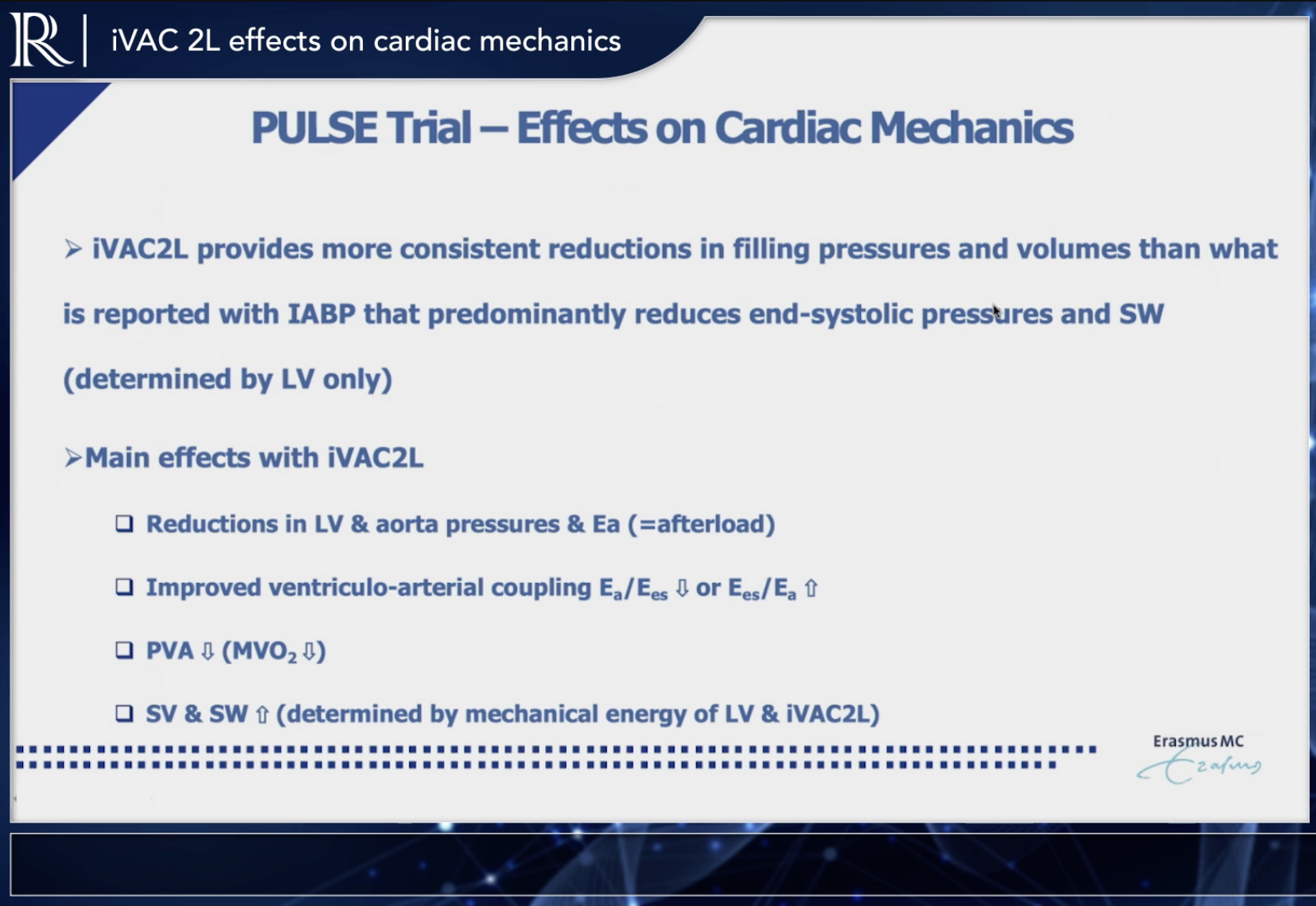 1m 18sPart 2 | Session 10 iVAC 2L ® effects on Cardiac Mechanics
1m 18sPart 2 | Session 10 iVAC 2L ® effects on Cardiac Mechanics -
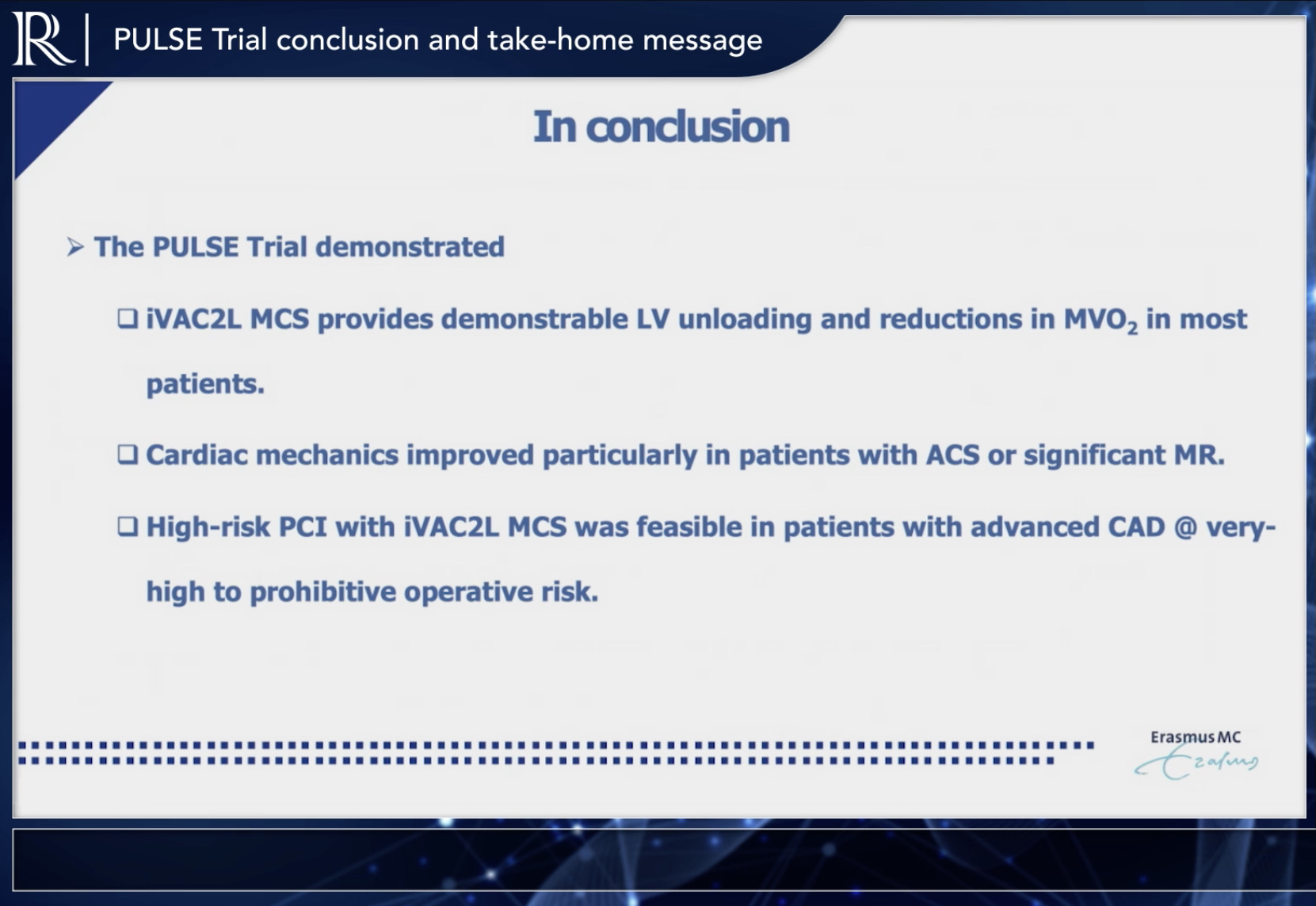 1m 10sPart 2 | Session 11 Pulse Trial Conclusion
1m 10sPart 2 | Session 11 Pulse Trial Conclusion -
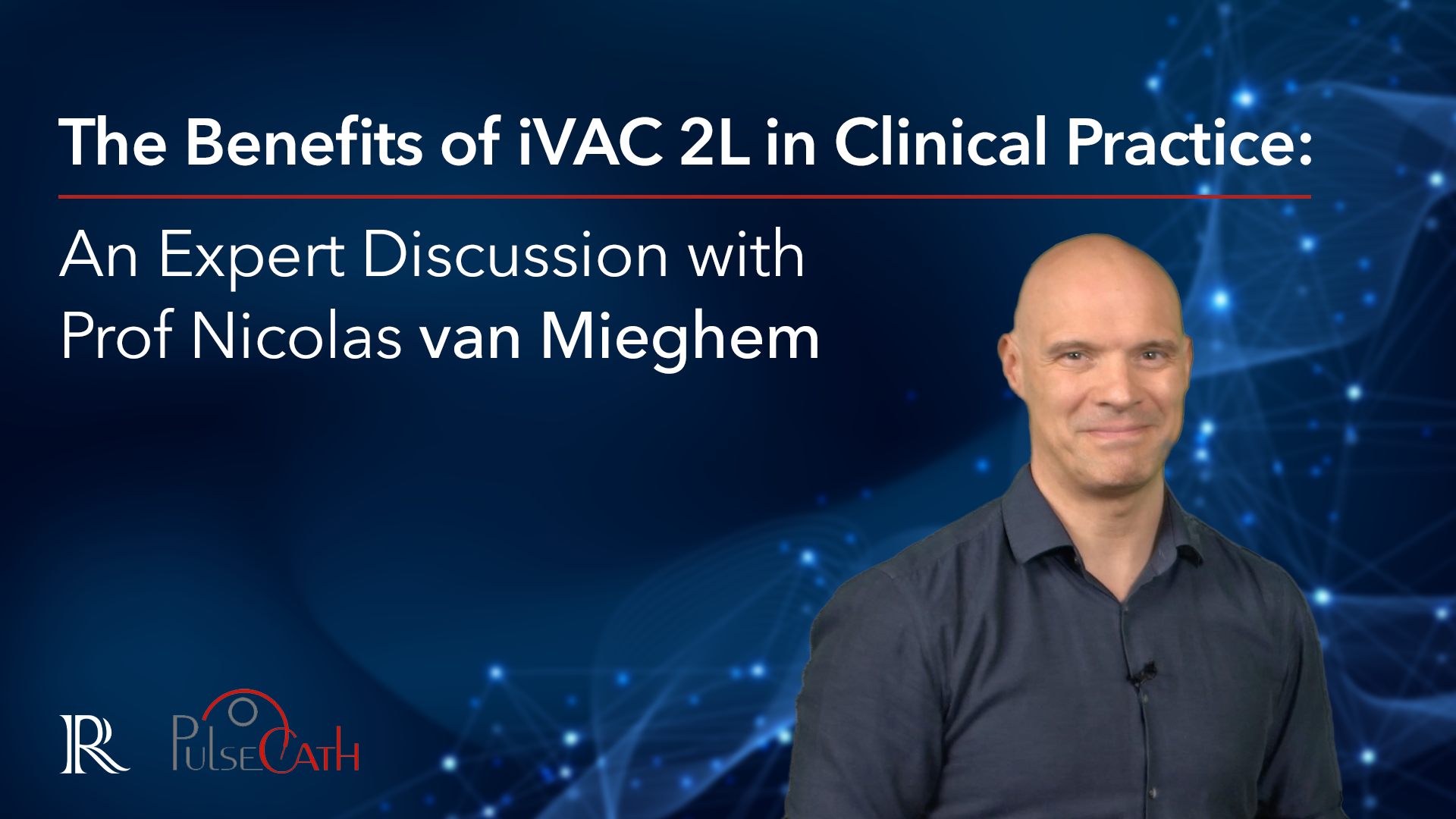 4m 57sPart 2 | Session 12 Frequently Asked Questions
4m 57sPart 2 | Session 12 Frequently Asked Questions
-
 2m 18sPart 3 iVAC 2L ® - pVAD
2m 18sPart 3 iVAC 2L ® - pVAD
-
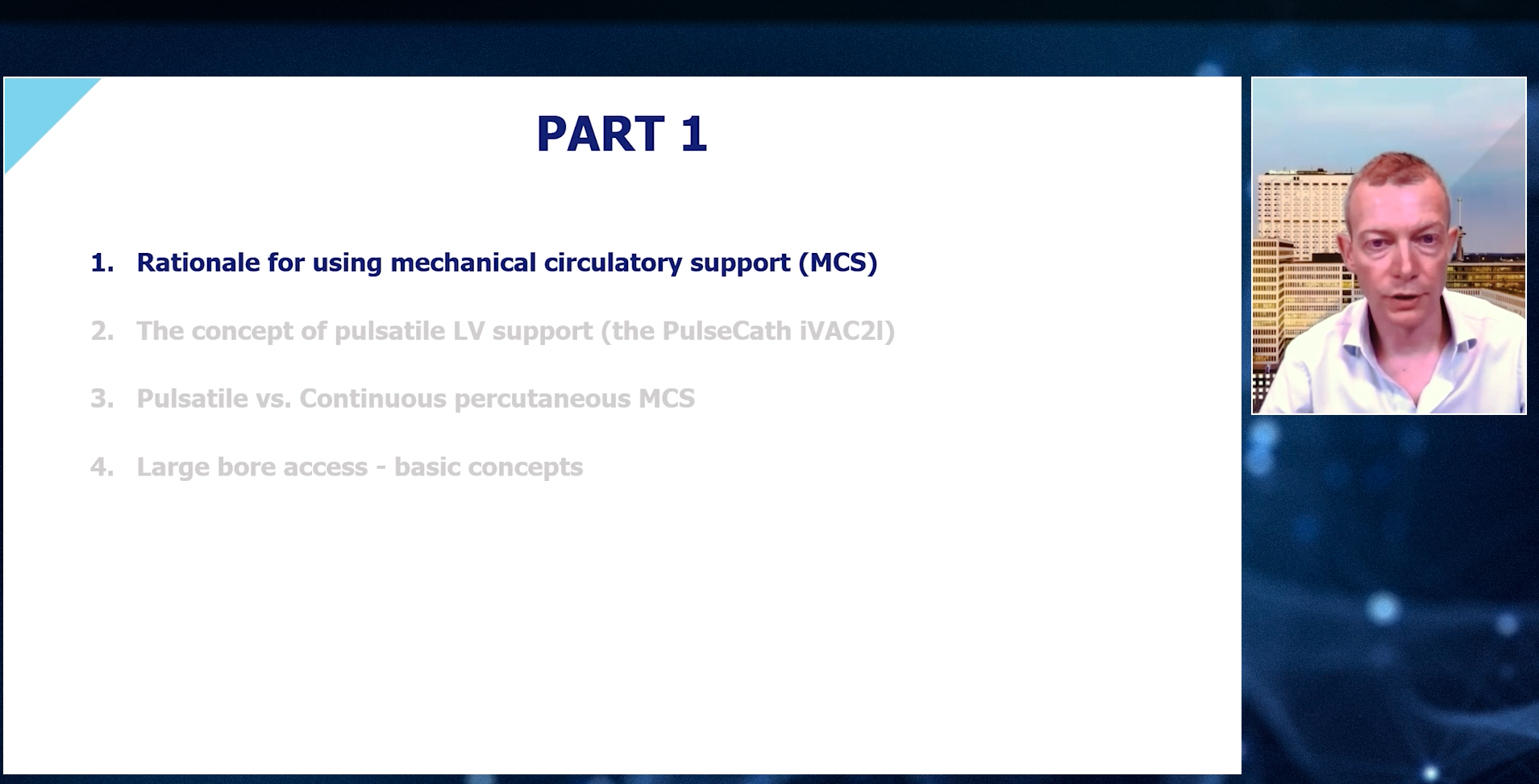 18m 41sPart 4 | Session 1 Pulsatile LV support during high-risk PCI (the PulseCath iVAC 2L)
18m 41sPart 4 | Session 1 Pulsatile LV support during high-risk PCI (the PulseCath iVAC 2L) -
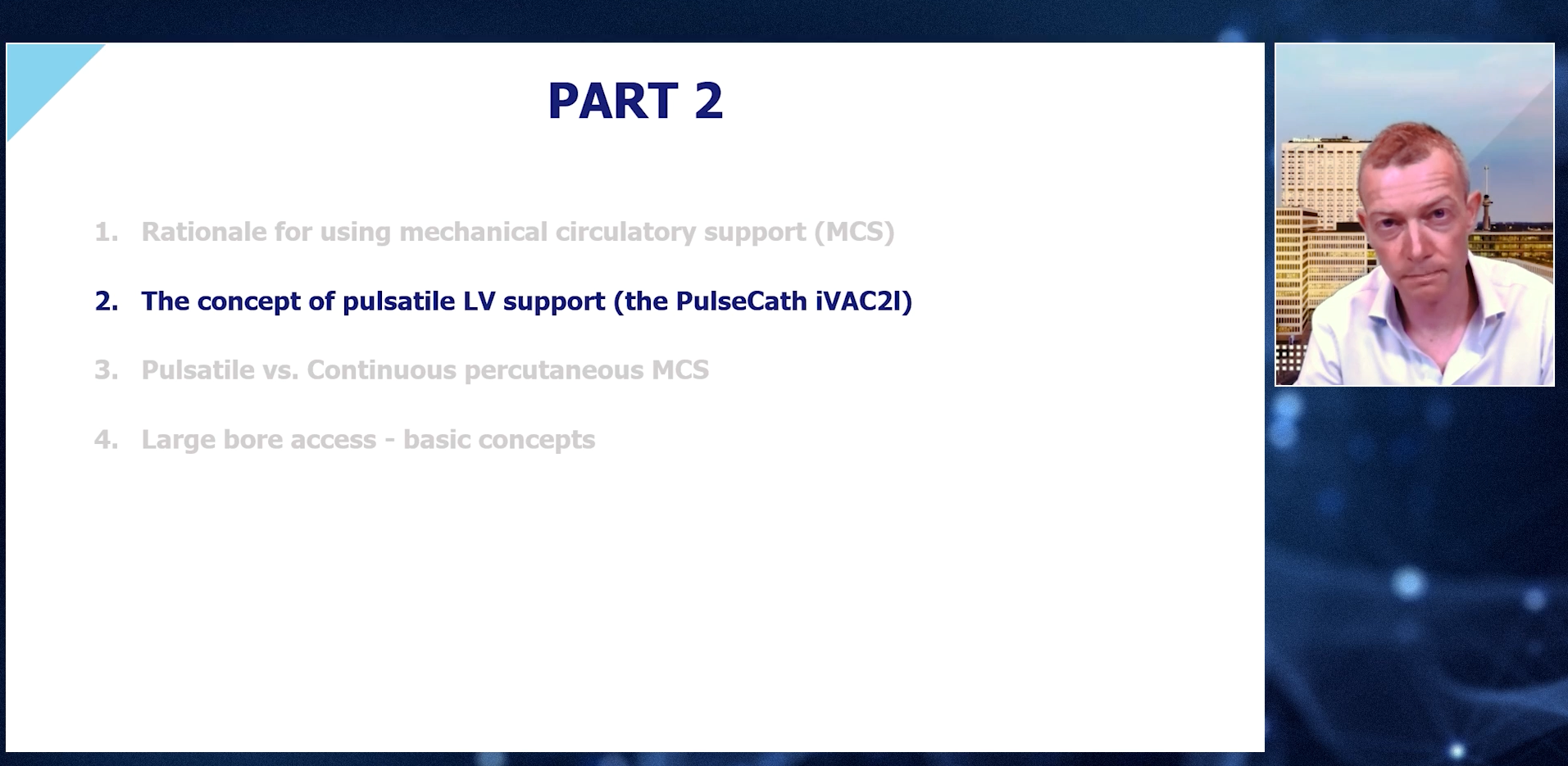 10m 6sPart 4 | Session 2 The concept of pulsatile LV support (the PulseCath iVAC 2L)
10m 6sPart 4 | Session 2 The concept of pulsatile LV support (the PulseCath iVAC 2L) -
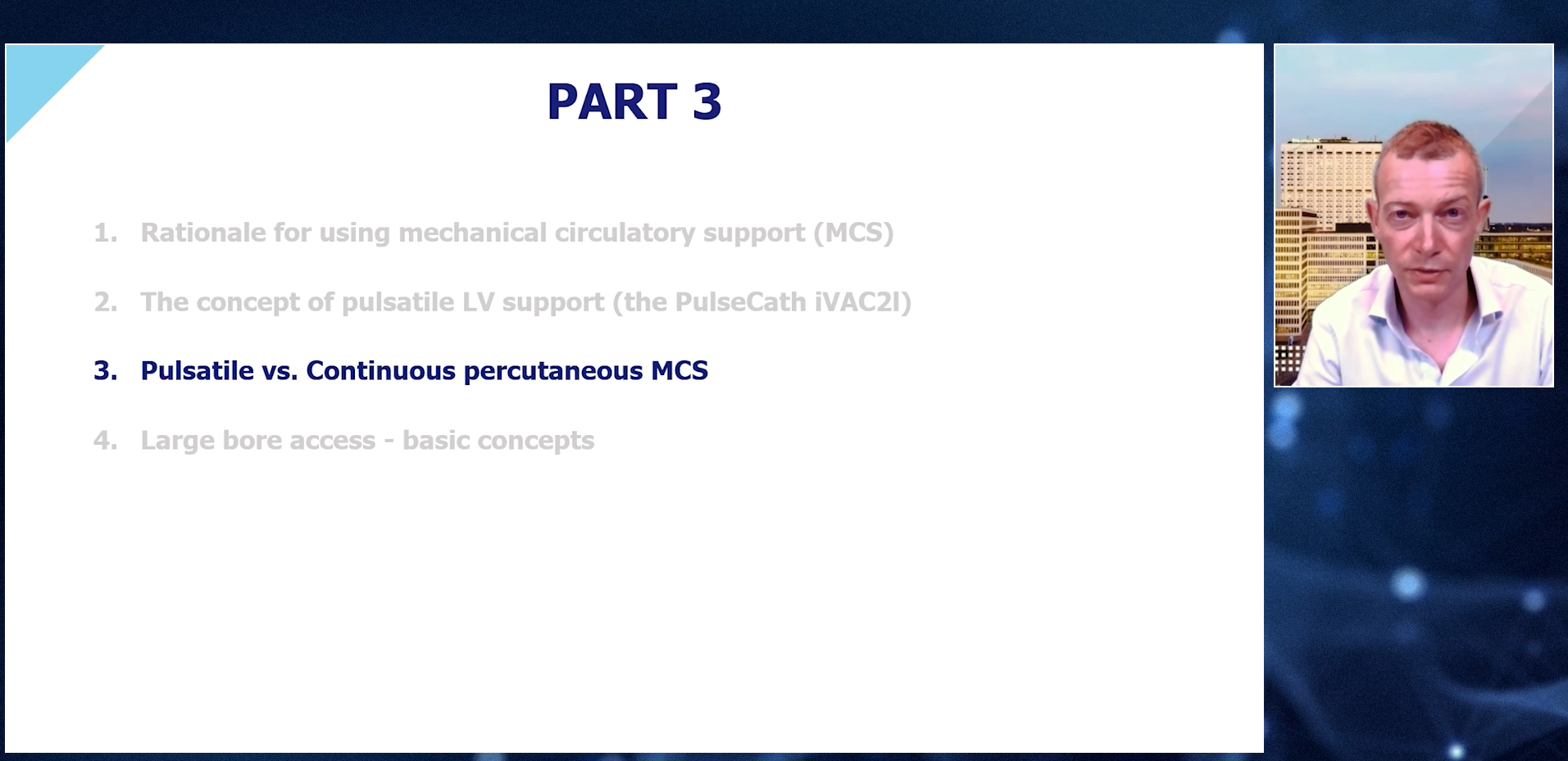 9m 48sPart 4 | Session 3 Pulsatile vs. Continuous percutaneous MCS
9m 48sPart 4 | Session 3 Pulsatile vs. Continuous percutaneous MCS -
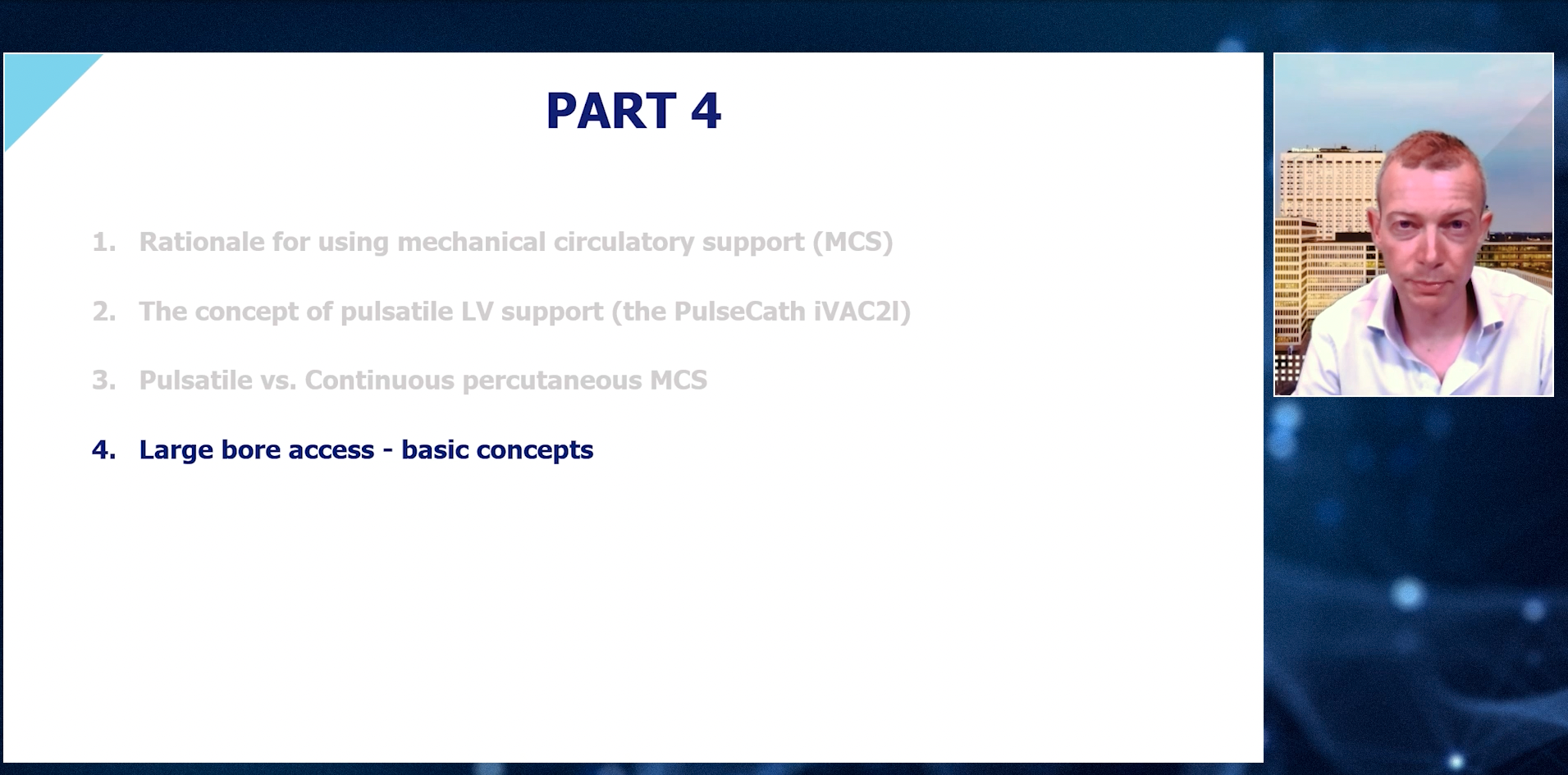 23m 24sPart 4 | Session 4 Large bore access - basic concepts
23m 24sPart 4 | Session 4 Large bore access - basic concepts
-
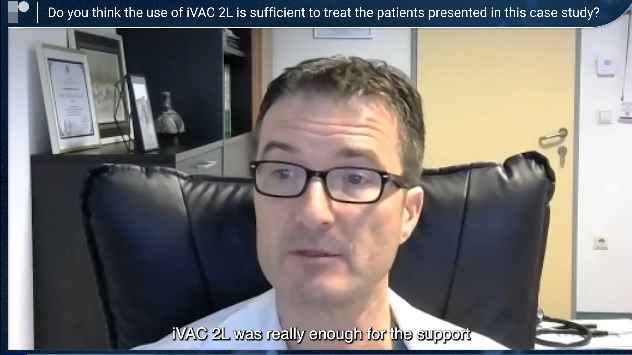 3m 28s
3m 28s -
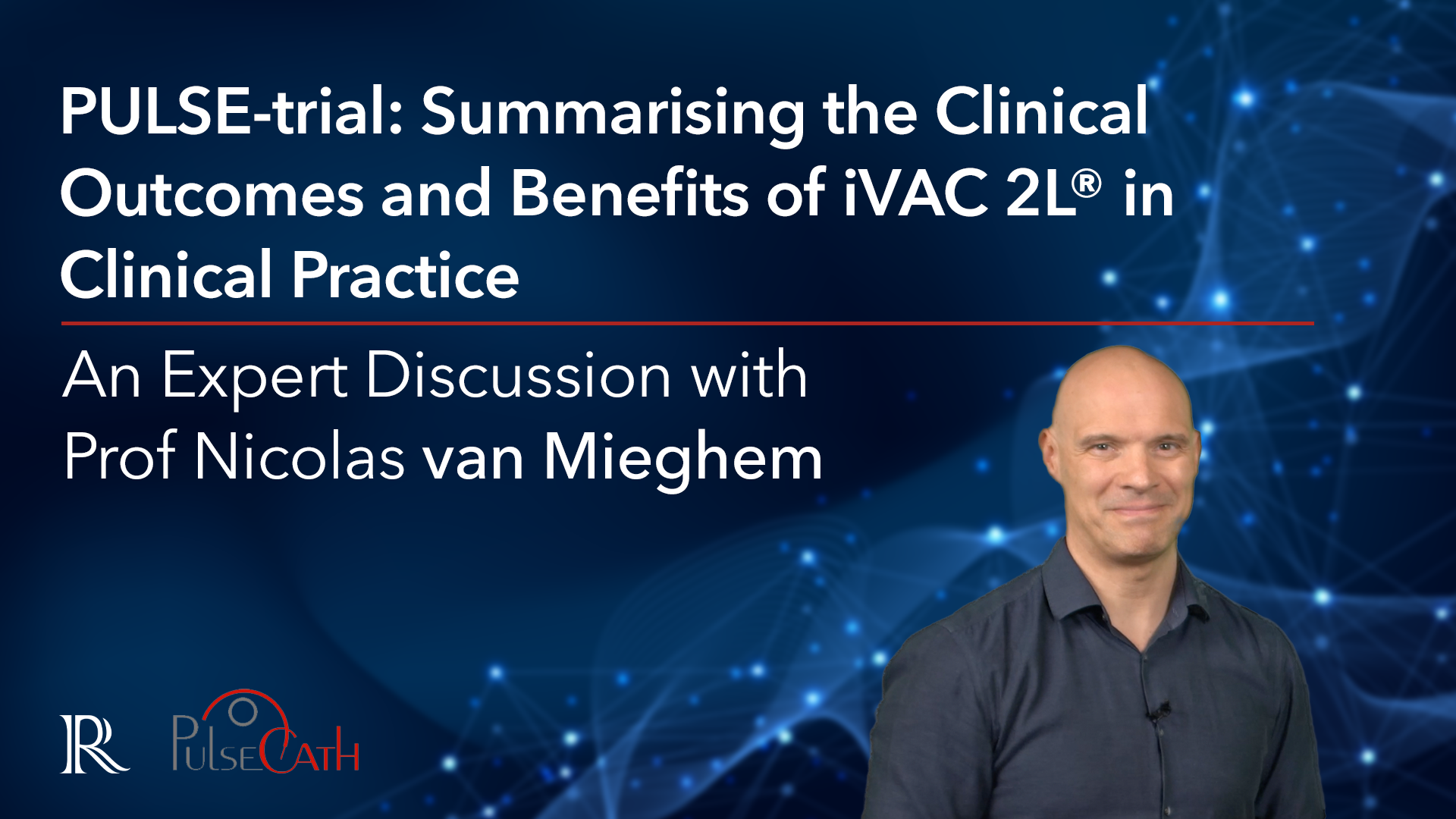 19m 12sPart 6 | Session 2 Prof Joško Bulum presents his experience with the iVAC 2L
19m 12sPart 6 | Session 2 Prof Joško Bulum presents his experience with the iVAC 2L
Overview
In this video series, Professor Nicolas van Mieghem will discuss the benefits of iVAC 2L ® in clinical practice and will share the learnings and key outcomes from the Pulse Trial, and the effect of next generation pulsatile mechanical circulatory support (MCS).
This video is supported by PulseCath in collaboration with their co-sponsors: CardiRad, Sanomed, LeviBio, Thomy F.E., Sonimed and Dot Medical.
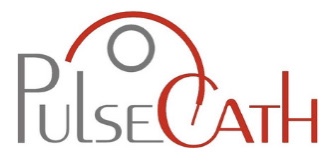
Key Learning Objectives
- Learn when to use the short term percutaneous ventricular assist device (pVAD), iVAC 2L ® in clinical practice
- Understand the differences between pulsatile and continuous flow
- Understand the technology behind the device
- Gain a better understanding of how the iVAC 2L ® is more efficient
- Learn how to identify the right patient (HR PCI)
- Learn when to use iVAC 2L ® vs Impella
- Further understanding of large bore access management
Target Audience
- Interventional Cardiologists
- Cardiac Surgeons
- Cardiac Nurses
- Cath Lab Nurses
- ICU Doctors
- Perfusionists
- Cath Lab Technicians
More from this programme
Part 1
Full Programme - PULSE-trial: Summarising the Clinical Outcomes and Benefits of iVAC 2L ® in Clinical Practice: An Expert Discussion with Prof Nicolas van Mieghem
Part 2
Chapters of Programme - PULSE-trial: Summarising the Clinical Outcomes and Benefits of iVAC 2L ® in Clinical Practice: An Expert Discussion with Prof Nicolas van Mieghem
Part 3
iVAC 2L ® - pVAD procedure
| 1 session | |
| iVAC 2L ® - pVAD | Watch now |
Part 4
Pulsatile LV support during high-risk PCI
Part 5
iVAC 2L experience from CINRE hospital – Bratislava - Slovakia
Part 6
iVAC 2L experience from University Hospital Centre Zagreb, Zagreb, HR
Part 7
Procedure IVAC 2L in high risk PCI University Hospital of Bellvitge, Barcelona, (Spanish)
Dr Joan Antoni Gomez-Hospital (University Hospital of Bellvitge, Barcelona, ES) shares his experience on the iVAC 2L and the practical issues.
Part 8
iVAC 2L experience from University Hospital of Bellvitge, Barcelona, ES
Faculty Biographies
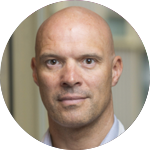
Nicolas M Van Mieghem
Medical Director
Prof Nicolas Maria Van Mieghem is an Interventional cardiologist at Thoraxcenter, Erasmus MC, Rotterdam, NL decided to pursue a career that would help others. “I enjoy the feeling of being able to help someone or do something important for them". His father was a general cardiologist and one of his biggest influences early in his career.
Prof Van Mieghem initially intended to train as a cardiac surgeon but decided to specialise in interventional cardiology instead, following advice from a mentor. This decision was cemented when he read the first-in-human case report of transcatheter aortic valve implantation (TAVI) in Circulation by Alain Cribier in 2002. Prof Van Mieghem believes that great cardiologist genuinely cares for their patients. He names Gary Roubin, Dr Manu Malbrain and Professor Patrick Serruys among his mentors.
His current research focuses on cerebral embolic protection during TAVI and the search for improved…








